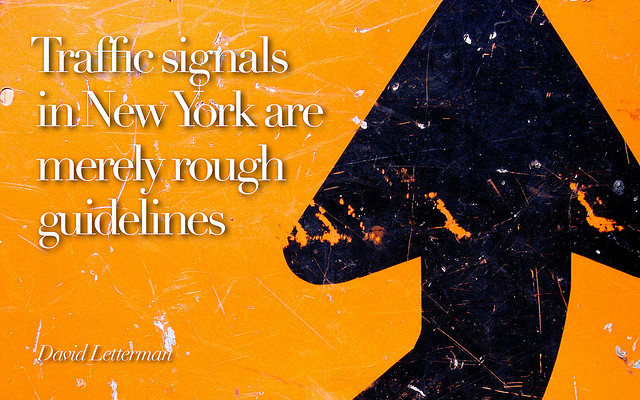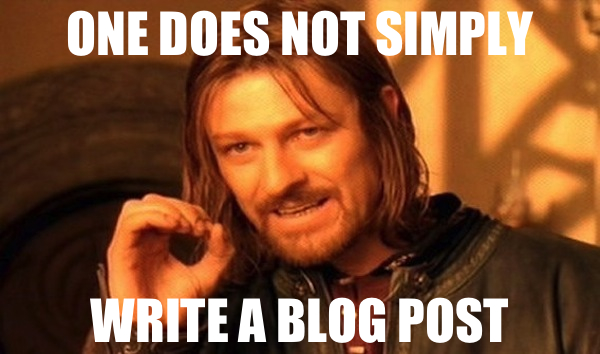When you publish a blog post, how do you cite your source? How about the images you use?
When you use a blockquote, do you add the quotation marks or are they assumed?
H1, H2 or H3?
Should I go on?
I think you get the idea.
As boring and dry as “post guidelines” sound, establishing them is more important than choosing the right WordPress theme and figuring out which plugins you should be using. Themes can be changed, plugins can be switched, but once you’ve written multiple blog posts day after day, good luck going back through your blog and re-formating all your blog posts.
The Importance of Guidelines
What good is it to have a rockin’ theme when your content has no continuity. Can you imagine flipping through a magazine that didn’t have cohesive formatting? It would be hard to read and, despite the efforts of the best of graphic designers, it would be ugly.
Establishing post guidelines isn’t a bad idea if you’re blogging on your own, but it is invaluable if you’re managing a blog with multiple authors. Everyone has their own style and idea as to the “best” way, but as an editor, you have to make the final call.
I remember starting out as editor of ChurchM.ag. I began to wonder if it would be faster to write my own posts than edit something written by someone else. Sure, there was the usual grammar and spelling to look out for, but the styling and formating was the real time suck!
Then There Were Guidelines
This made all the difference. As each author was contacted and every new author was served a link to the new blog post guidelines, life was a lot easier. In fact, I found myself referring to them a few times!
Now as I look back in retrospect, I wonder how I could have ever maintained a blog with over 50 different authors without my trusty guidelines.
You can view the post guidelines I’ve established for ChurchMag, but remember that the rules you establish varies from blog to blog. What is good form on one blog may be bad on another, or completely irrelevant. However, there are some top-level guidelines you’ll want to consider when sculpting your own blog post guidelines:
Writing
- Spelling standards – Internet or internet, email or e-mail, smartphone or smart-phone, etc…
- Outbound links – Open in a new tab?
- How to cite sources – [via LINKED-SOURCE-NAME] or however you would like sources cited.
Styling
- When/where to place the MORE tag.
- Which heading tags to use — <H2> or <H3>?
- Blockquote rules.
Images
- Image source rules and how to cite the source.
- Do you link your images?
- Size, justification and general styling issues.
Videos
- Before or after the MORE tag?
- Can you post just a video?
- Do you need to cite YouTube when posting a YouTube video?
Downloads, Suggested Reading, FAQ, Questions …
- Do you require all downloads to be on your own server?
- Any helpful articles to share for your guest authors?
- FAQ is a nice catch all and always make yourself available for questions.

Updates
As I write this fanatical post about posting guidelines, I’m reminded of the importance of keeping them updated (I need to update my own!). It’s not only a great way to remind yourself of what they are, but it gives you a chance to tweak, add and craft guidelines that are easy to follow and understand.
Of course, guidelines alone won’t do you much good if you’re not communicating to your writers. Make sure you contact your authors when you’ve made updates, send your new authors a link when you send them their WordPress login details, and if you have an author that’s really “coloring outside the lines,” send them a friendly reminder and ask them to fix it.
Adding smileys at the end of your reminder seems to help. 🙂
Finally
Posting guidelines are helpful, but they’re not carved in stone. Give yourself a little creative leeway when you see fit. Of course using creative leeway isn’t an opportunity to be lazy, but a chance to mix it up a little for your readers.
The bottom line is this: Posting guidelines are made to insures that your life as an editor is more about crafting, curating and being creative, than aligning images, fixing blockquotes and wishing people would stop leaving those damn div tags in their copy.


12 Comments